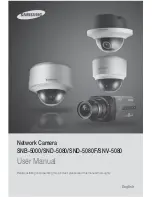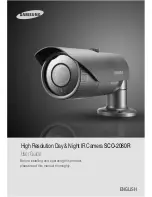
D-2
Solvent Considerations
Introduction
Clean solvents
Clean solvents provide reproducible results and permit you to operate with
minimal instrument maintenance.
A dirty solvent can cause baseline noise and drift. It can also block the solvent
filters with particulate matter.
Solvent quality
Use HPLC-grade solvents for the best possible results. Filter solvents through
0.45-µm filters before their use. Solvents distilled in glass generally maintain
their purity from lot to lot; use them to ensure the best possible results.
Preparation checklist
The following solvent preparation guidelines help to ensure stable baselines
and good resolution:
•
Filter solvents with a 0.45-µm filter.
•
Degas and/or sparge the solvent.
•
Stir the solvent.
•
Keep in a place free from drafts and shock.
Water
Use water only from a high-quality water purification system. If the water
system does not deliver filtered water, filter it through a 0.45-µm membrane
filter before use.
Using buffers
When you use buffers, dissolve salts first, adjust the pH, then filter to remove
insoluble material.
Summary of Contents for 2489
Page 8: ...viii...
Page 32: ...1 16 Theory and Principles of Operation...
Page 134: ...3 66 Preparing the Detector...
Page 193: ...Warnings that apply to all Waters instruments A 9...
Page 204: ...B 6 Detector Specifications...
Page 220: ...D 14 Solvent Considerations...
















































